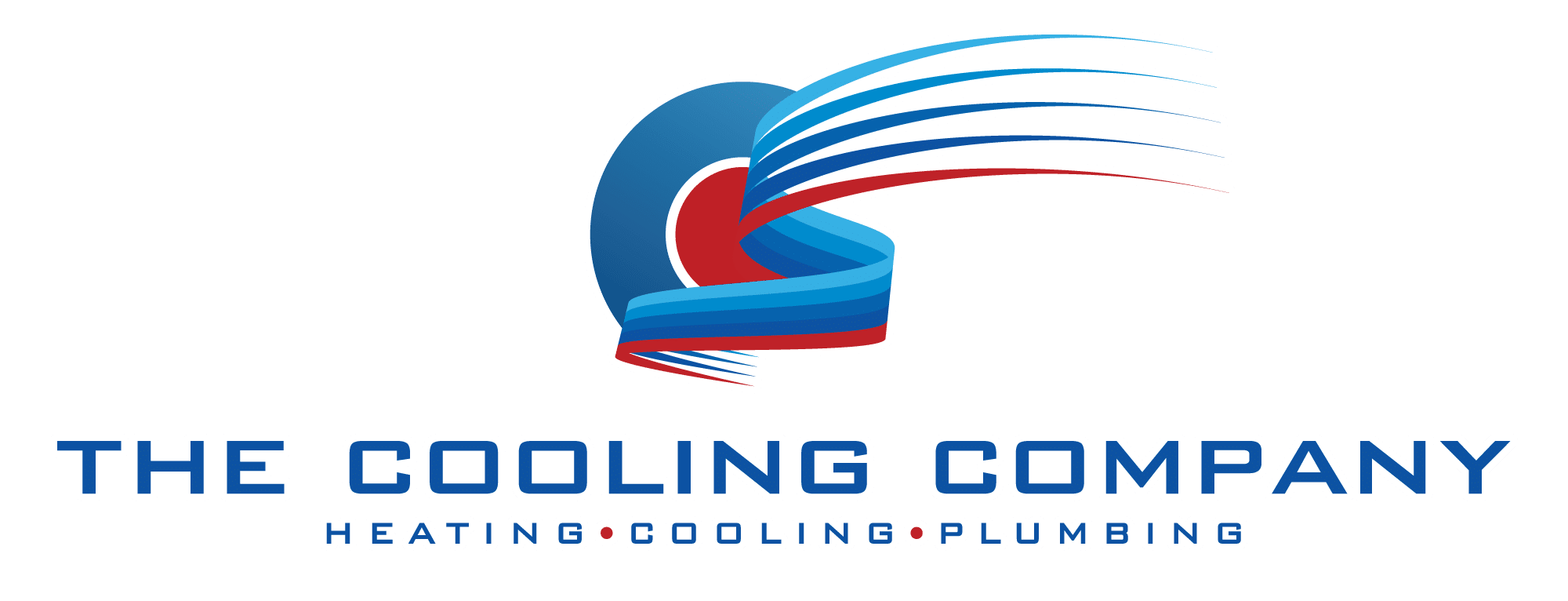
Las Vegas’s sweltering summers are legendary—and for rental property owners and managers, ensuring reliable air conditioning is not just a matter of comfort but of legal compliance, tenant satisfaction, and financial stability. A malfunctioning AC can trigger emergency work orders, breach habitability standards, and lead to tenant turnover or even litigation. This in-depth guide explores every facet of AC repair for rental properties in Las Vegas: understanding Nevada’s 48-hour repair mandate, setting up a rapid-response workflow, vetting and managing HVAC vendors, budgeting and quoting strategies, seasonal maintenance checklists, tenant communication protocols, advanced technologies for future-proofing, and real-world best practices that keep your rental portfolio cool—literally and figuratively—all year long.
Nevada’s 48-Hour AC Repair Requirement Explained
In Nevada, air conditioning is classified as an “essential service” under NRS 118A.290–380. Once a tenant submits written notice of AC failure, landlords have 48 business hours (excluding weekends and state holidays) to restore cooling. Failure to comply exposes landlords to:
- Rent withholding: Tenants may lawfully withhold rent until repairs are completed.
- Self-repair costs: Tenants can arrange repairs themselves and deduct expenses from rent.
- Civil remedies: Lawsuits for habitability breaches, damages, and legal fees.
Document every step—tenant notice, dispatch time, repair completion—to demonstrate compliance. For full statutory details, consult Nevada Landlord-Tenant AC Repair Requirements.
Building a Rapid-Triage & Dispatch System
An efficient workflow minimizes downtime and legal exposure. Implement these five pillars:
Centralized Request Intake
Why it matters: Disparate phone calls, text messages, and emails create confusion and delays. A single intake portal or hotline ensures every request is logged uniformly—complete with timestamps, unit numbers, and symptom descriptions.
How to implement: Use property-management software (Buildium, AppFolio, Yardi) with integrated maintenance modules. Train leasing staff to direct all AC-related calls into this system first, rather than scheduling ad hoc vendor visits.
Automated Prioritization
Why it matters: Not all maintenance tickets carry equal urgency. “No-cool,” refrigerant leaks, and water leaks must outrank cosmetic or non-essential tasks like painting or door repairs.
How to implement: Configure your portal to assign priority flags based on keywords (“no cool,” “warm,” “leak”). High-priority tickets trigger instant alerts to on-call staff and primary HVAC vendors.
SLA-Driven Vendor Dispatch
Why it matters: Without clear response-time commitments, vendor reliability varies. A 24/7 emergency repair firm must answer critical calls within a strict window—ideally 4 hours or less.
How to implement: Negotiate written Service Level Agreements that include:
- Guaranteed call-to-dispatch window (e.g., 90 minutes).
- On-site arrival targets (e.g., within 4 hours).
- Penalty clauses for missed SLAs (fee reductions, service credits).
Tenant Self-Help Screening
Why it matters: Up to 30% of reported “failures” resolve with simple tenant actions—saving time and costs.
Self-help checklist to share:
- Verify thermostat is set to “Cool” and below room temperature.
- Reset the AC circuit breaker in the electrical panel.
- Inspect and replace the air filter if clogged.
Include this checklist in your tenant portal and move-in packet. For deeper tenant diagnostics, reference AC Troubleshooting: The Ultimate Homeowner’s Guide, which covers airflow tests and blower-motor checks.
Real-Time Status Updates
Why it matters: Tenants and owners appreciate transparency. Automated SMS/email updates cut follow-up inquiries by over 50%.
Key milestones to communicate:
- Request received
- Technician dispatched
- On-site inspection
- Work started
- Repair completed
- Invoice available
Screening & Managing a Trusted Vendor Network
Choosing the right HVAC partners ensures quality, compliance, and predictable costs.
Licensing & Certification
Only work with firms holding active Nevada C-21b licenses. Confirm each technician’s EPA Section 608 certification for refrigerant handling at the EPA’s certification database.
Emergency Response Capability
Request documented average response times. For instance, RapidCool HVAC reported a 90-minute average dispatch in summer 2024, outpacing the local market by 30%.
Pricing Structure
Flat-rate pricing for standard tasks—filter replacements, capacitor swaps, refrigerant charges—avoids bill inflation. Reserve tiered after-hours rates for off-peak emergencies only.
Warranty & Transparency
Insist on written 1-year parts & labor warranties. Invoices should include:
- Part numbers & descriptions
- Labor hours logged
- Warranty durations
- Permit or disposal fees
Portfolio Experience
Select vendors with extensive multi-unit housing experience—condos, apartments, corporate housing—who manage dozens of AC units monthly.
To ensure consistent HVAC performance and compliance, follow ASHRAE’s Standards 180 and 211, which outline inspection, maintenance, and energy-audit procedures for commercial systems.
Quarterly Performance Reviews
Review SLAs met, first-visit fix rates, average job costs, and tenant feedback. Negotiate volume-discounted parts pricing in exchange for guaranteed minimum monthly work.
On-Site Parts Cache & Maintenance Supplies
Minimize return trips by stocking common spares in a secure, climate-controlled closet:
- 1″ & 2″ pleated filters
- 45–65 µF capacitors
- Contactor/PTC relay kits
- Blower belts & shafts
- Thermostats & sensor replacements
Track usage and reorder points in a shared spreadsheet or PM-software inventory module. A well-managed cache solves 25–35% of AC failures on the first visit, saving 1–2 business days per unit.
Tenant Education & Self-Help Protocols
Well-informed tenants prevent minor issues from escalating. Provide a move-in packet and digital PDF covering:
- Filter-change frequency and location
- Breaker-reset instructions with panel photo
- Thermostat battery replacement steps
- Signs of professional-level failures (strange noises, leaks)
- 24/7 emergency contact details and portal link
After each service visit, gather tenant feedback through post-service surveys to refine your maintenance instructions and minimize repeat service calls; for established habitability criteria, refer to HUD’s Minimum Property Standards.
Seasonal Tune-Up Checklists
Preempt breakdowns with disciplined, seasonal maintenance:
Spring
- Startup performance test
- Filter replacement
- Evaporator & condenser coil cleaning
- Thermostat calibration
Summer
- Refrigerant pressure check
- Condensate-line flush
- Condenser-coil rinse (15% efficiency gain per Clark County HVAC)
- Inspect duct connections for leaks
Fall
- Heat-mode functionality test
- Duct-sealing and insulation check
- Safety-device inspection (float switches, limit controls)
Winter
- Outdoor-unit breathable cover installation
- Humidity control verification
- Airflow and static-pressure spot checks
Transparent Communication & Billing
Transparency reduces disputes and improves landlord-tenant trust:
- Status updates: SMS/email at key milestones.
- Diagnostic reports: Before/after photos, runtime charts, voltage/amperage logs.
- Itemized invoices: Part numbers, labor hours, warranty terms, permit fees.
Budgeting & Accurate Quote Strategies
Standardize your estimating process to avoid surprises:
- Line-item scopes: Filter swap, coil clean, capacitor change, leak detection.
- Three-quote rule: For jobs >$500, collect multiple bids to identify outliers.
- Cost database: Track average expenses by unit type—split systems vs. rooftop packages—to flag anomalies.
“Precise, transparent quotes prevent sticker shock and build landlord confidence,” says OSA Property Management.
Advanced Technologies & Future-Proofing
- Smart Thermostats: Nest, ecobee—remote diagnostics, fault alerts, zoning control.
- UV-C Coil Lights: Kill mold and biofilm on evaporator coils, preserving heat-transfer efficiency.
- Condensate-Overflow Switches: Shut off unit before water damage occurs.
- IoT Sensor Networks: Monitor temperature differentials, refrigerant pressures, and vibration signatures to predict failures.
- Energy Star Upgrades: Qualify for NV Energy rebates covering up to 30% of system replacement costs.
Adopting these technologies drives down emergency call frequency, lowers energy use, and extends equipment life.
Key Performance Metrics to Track
Measure and optimize your AC-repair operation with these critical KPIs:
- Average Response Time: Aim for <4 hours on emergency calls.
- First-Visit Fix Rate: Target ≥85% of service calls resolved on the initial visit.
- Tenant Satisfaction Score: Post-service surveys with ≥4.5/5 average rating.
- Maintenance Completion Rate: ≥95% of scheduled tune-ups executed on time each season.
- Cost per Work Order: Track monthly averages to negotiate volume-based pricing.
Under “Key Performance Metrics to Track,” fortify your first-visit fix strategy by linking to AC Not Blowing Hard? Discover Causes Behind Low Airflow.
11. Conclusion & Next Steps
By systematically applying these best practices—legal compliance, rapid-response workflows, rigorous vendor management, tenant empowerment, seasonal maintenance, transparent billing, precise budgeting, and smart technology investments—you can transform AC repair for rentals from a reactive scramble into an integrated, proactive service operation. This approach not only safeguards tenant comfort and habitability but also preserves your rental portfolio’s value and reputation in Las Vegas’s competitive market.
Ready to optimize your rental AC service? Contact AC Repair Services in Las Vegas today for a customized maintenance program, 24/7 emergency response guarantee, and pricing packages tailored to large-scale rental portfolios.



